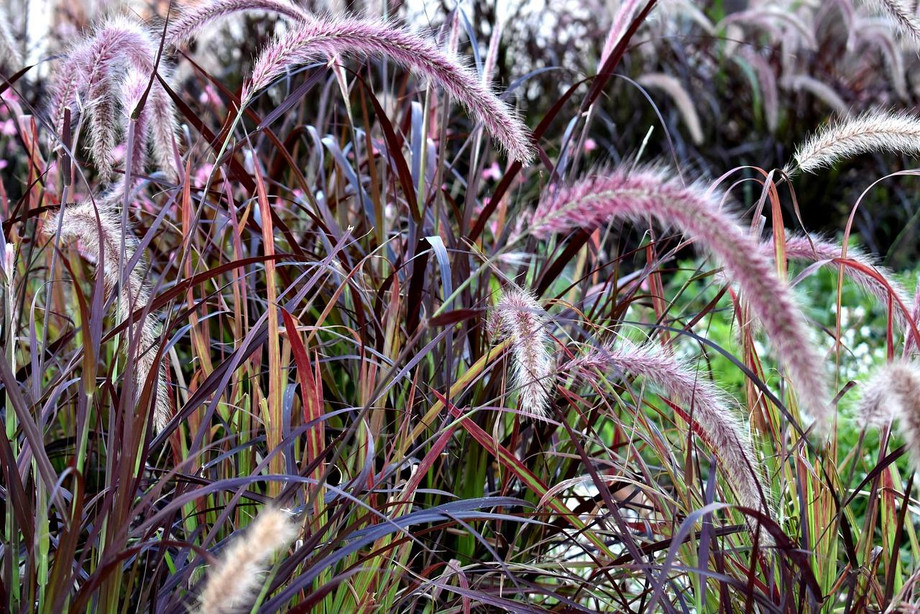Purple Fountain Grass, also known as Pennisetum setaceum ‘Rubrum,’ is a total stunner! Originally native to Africa and the Middle East and Poaceae (Grass family).
This Purple Fountain grass perennial plant is super popular and loved by everyone because of its cool arching stems and rad purple-red leaves.
It’s the perfect thing to add some elegance and poppin’ color to your garden, landscape, or container garden.
Let’s be real, it’s not just a plant — it’s a vibe. That purple-red color paired with the arching stems is so visually appealing, that you could stare at it all day long.
Planting Purple Fountain Grass
Like any other plant, purple fountain grass seed requires a suitable planting location and the right conditions to thrive. Here’s a step-by-step guide to successfully plant your purple fountain grass seeds:
Step 1: Choose the Right Spot
Purple fountain grass thrives in full sun, meaning it needs at least six hours of direct sunlight daily. Select a location in your garden or landscape that receives ample sunlight throughout the day.
Ensure that the soil is well-draining, as excessive moisture can cause root rot and other problems.
Step 2: Prepare the Soil
Before planting, prepare the soil by removing any weeds, rocks, or debris. Purple fountain grass prefers fertile soil with a slightly acidic to neutral pH range (6.0 to 7.0).
If your soil is heavy or clay-like, consider adding organic matter such as compost or well-rotted manure to improve its structure and drainage.
Overwintering
In regions with mild winters, purple fountain grass may remain evergreen. However, if you live in an area with freezing temperatures, you have two options to protect your grass during winter:
Leave it as is: Some gardeners choose to leave the grass standing to provide winter interest and protection for the crown. However, be aware that extreme cold can still damage the foliage.

